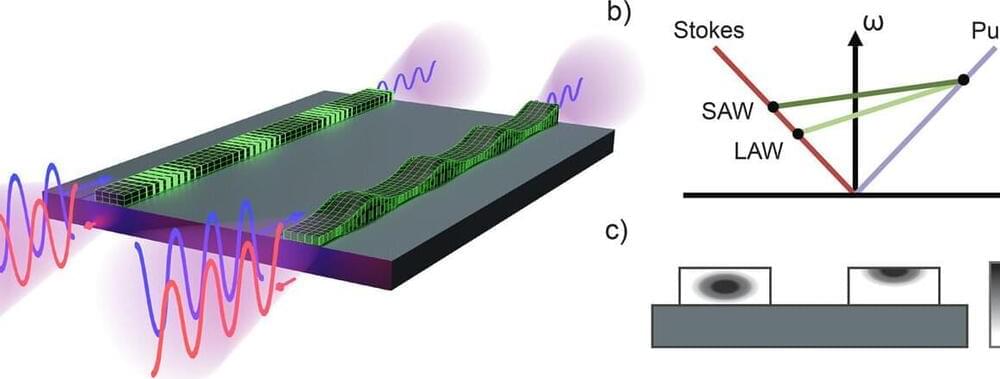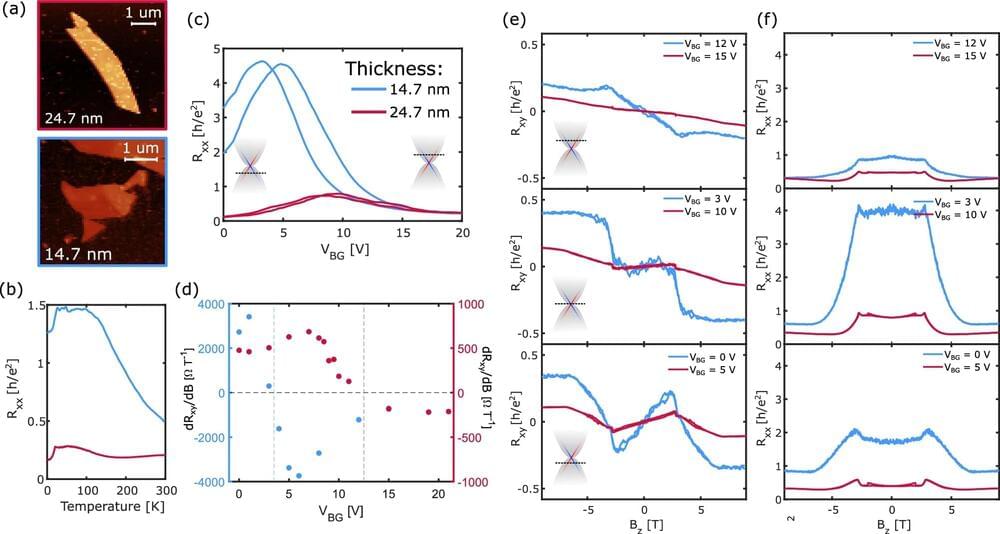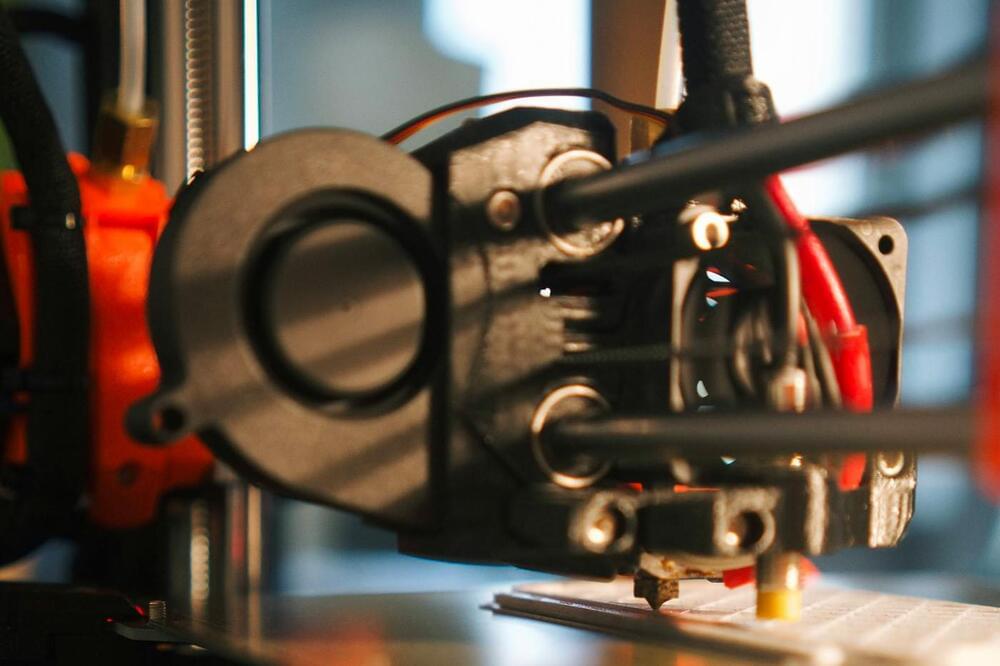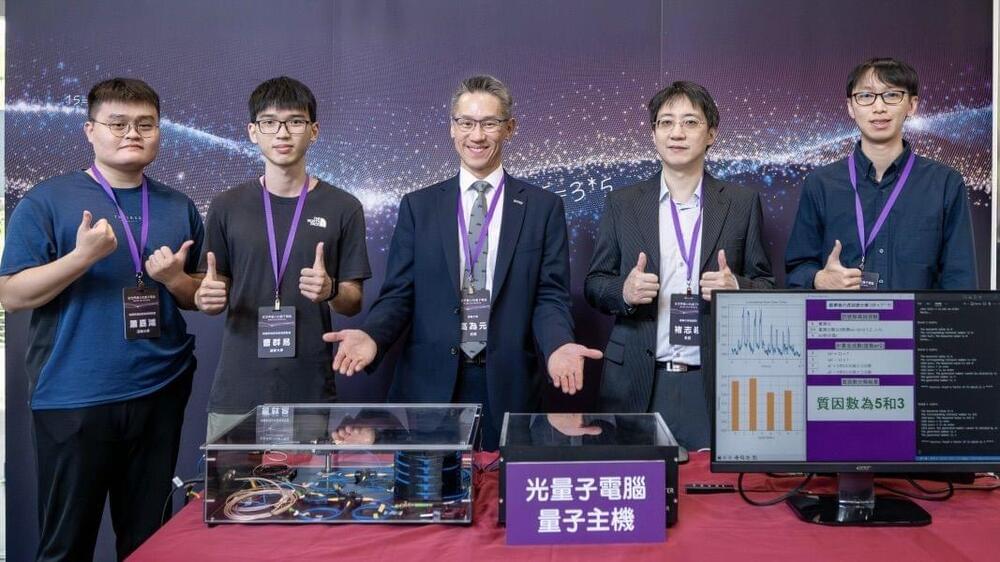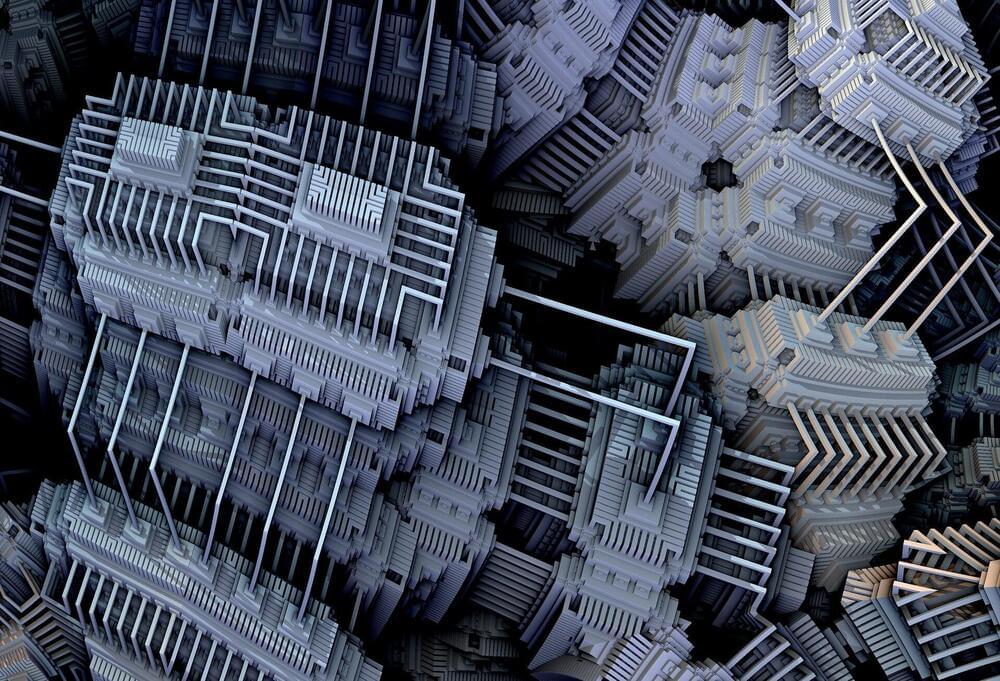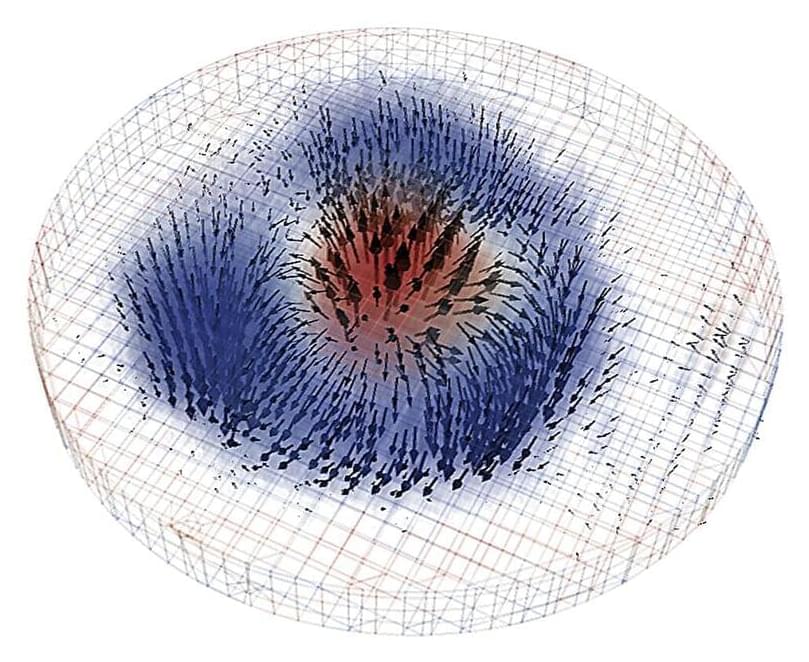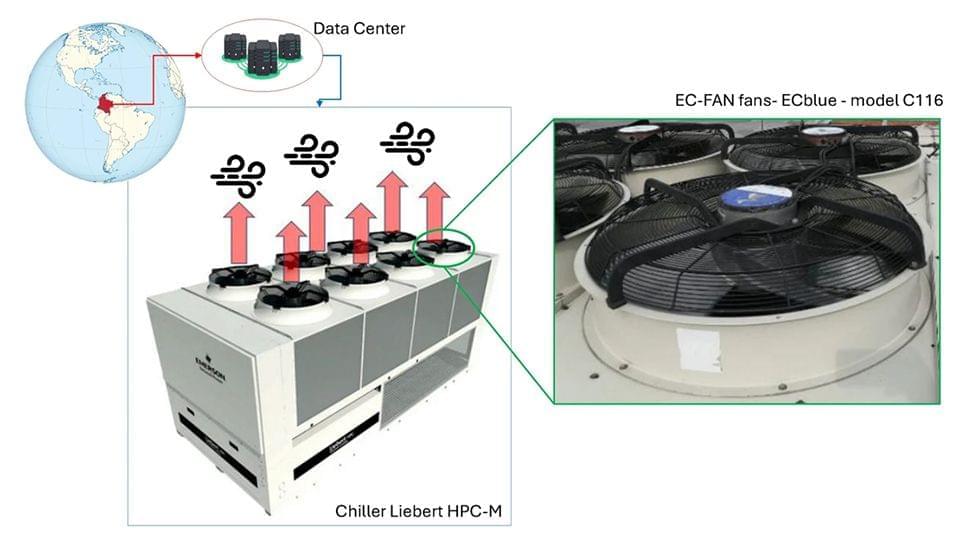HVAC systems common in data centers expel warm air outdoors, creating a consistent, untapped wind resource that can be converted into electricity. In a case study of a Colombian data center, the researchers used vertical axis Tesup V7 wind turbines to capture this man-made waste wind. The turbines, installed atop chillers, were chosen because they minimized size and weight while maximizing electricity generation.
The amount of gross electricity produced annually by six wind turbines was 513.82MWh from artificial airflow, exceeding the energy consumption of the facility’s fans, and providing a surplus of 131.2MWh. The authors suggest this recycled energy can be used for other electrical needs within the data center or be injected into the electrical grid.
The study, published in the journal Scientific Reports, also highlighted the economic and environmental benefits. A positive cash flow is achieved by the third year, with an impressive internal rate of return of 50.69%. Environmentally, the system reduces CO2 emissions by approximately 300 metric tons annually.
